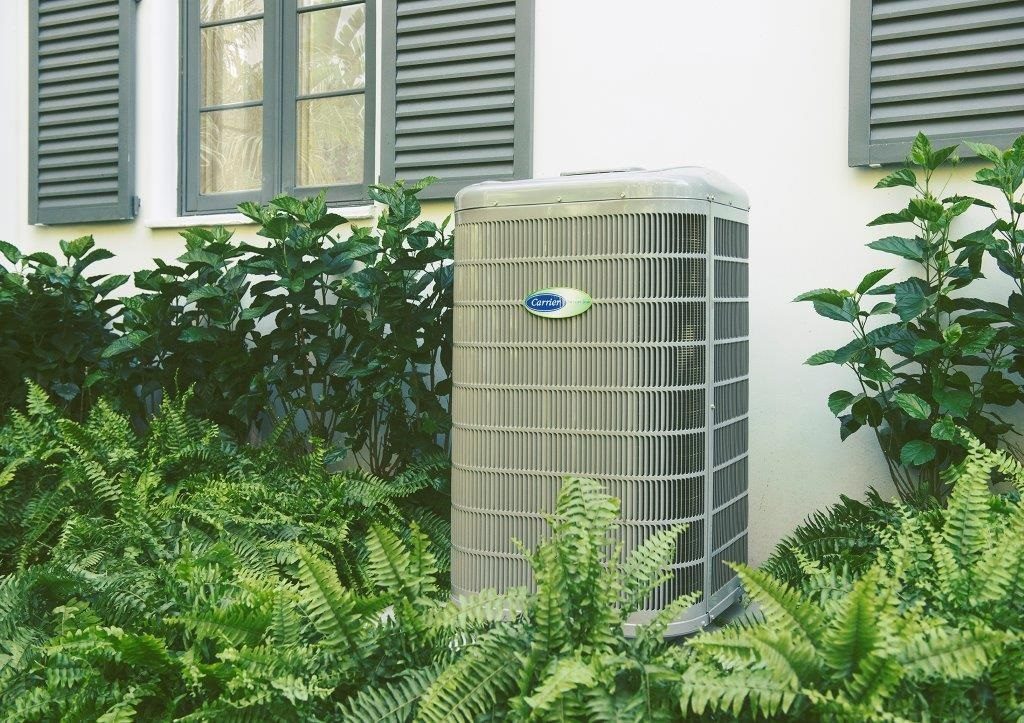Sometimes the green-building industry evolves quickly, with a product making a quantum leap in efficiency. This is happening in 2018 with variable-speed heat pumps.
These have been on the market for a couple of years, but they are finally hitting the tipping point where the price has come down and they’re becoming more popular. Here’s why you should consider one for your next project.
Variable-speed heat pumps look the same as traditional heat pumps, but their technology performs better in several important ways.
They’re a lot more efficient, which means they’re cheaper to operate, quieter, and better at dehumidifying your home in the summertime. They are especially good at something traditional heat pumps haven’t been able to do well – heating your house when it’s really cold outside.

A 2014 study on variable-speed heat pumps by the Electric Power Research Institute showed an efficiency gain of 40 percent on the heating and cooling part of a utility bill, which is about in line with what the major manufacturers are claiming.
“The primary accolade we get from our customers is that their new system provides the warmest heat they have ever experienced while their heating bills are the lowest,” said Duane Gentry at Gentry Heating.
One frequent complaint with electric heat pumps is that the backup “strip” heating that these systems use in cold weather is really inefficient, so homeowners see particularly large utility bill spikes in January and February. This is also bad for utilities.
You may have heard about community efforts including the City of Asheville, Buncombe County, and Duke Energy to avoid building a gas “peaker plant” in Asheville through the work of the Energy Innovation Task Force and the Blue Horizons Project. (See article on page 48 for more on these efforts.)
Peaker plants are needed to add power to the electricity grid at times when customers are using a lot of power at the same time. Asheville tends to experience its peak power episodes early in the morning during cold weather, and backup heating for residential heat pumps is a major contributor to the problem.
Variable speed heat pumps use substantially less backup heating, and in the right application might not need any. Duke Energy is exploring ways to speed up the adoption of variable speed heat pumps, because they have the potential to reduce peak power usage. They already have some incentives in place, and a project is underway to study variable speed heat pumps in a few homes to determine whether even greater incentives can be justified.
“Heating and cooling use the most energy in an average household – more than 40 percent of an average monthly bill,” said Duke Energy Senior Product and Services Manager Mark Otersen. “We are actively working to advance the market for variable speed heat pumps to help our customers save energy and money, while increasing the comfort of their homes”.
At the same time, the cost of these systems is quickly coming down as more people install them and companies can manufacture them more cheaply. In our home-energy rating business, these are quickly gaining market share among the green homes that we certify.
If you’re looking to replace your current heating system or if you’re building a new home, ask your HVAC installer about a variable speed heat pump.
Amy Musser is a founder of Vandemusser Design, an Asheville area company that provides green certification and energy-efficiency consulting to contractors, architects, and homeowners. She and her husband and business partner, Matthew Vande, have lived in a net-zero energy house since 2011.
You can also view this article as it was originally published on page 73 of the 2018-2019 edition of the directory.


